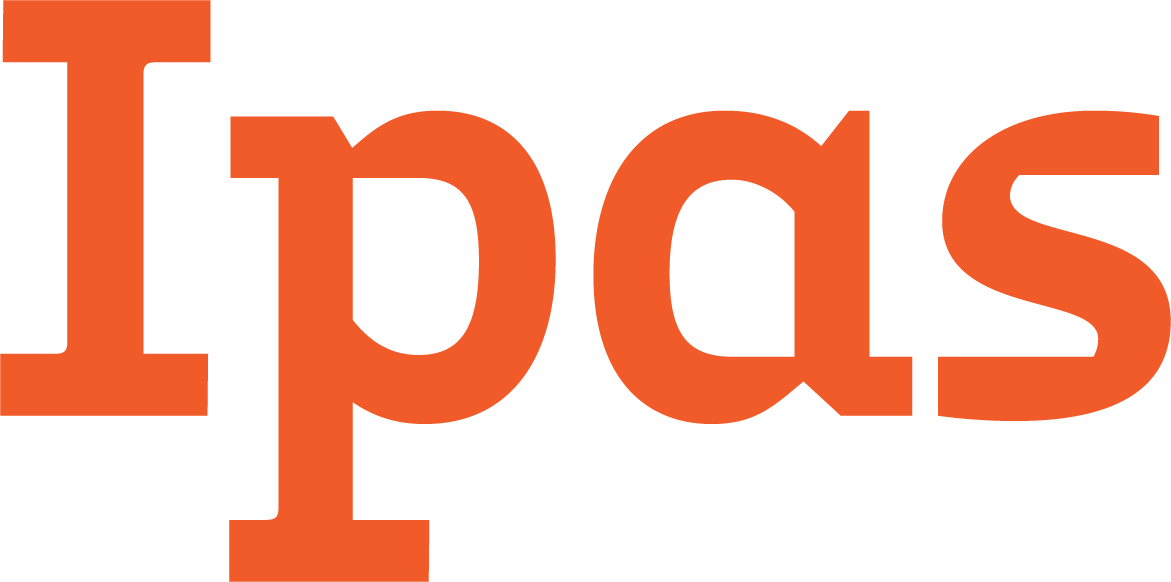The guidelines provide recommendations for expanding of health worker
roles in the provision of safe abortion care, the management of
complications of abortion, including postabortion care and emergency
obstetric care, and for postabortion contraception provision. The new
guidelines illustrate that evidence-based interventions for safe
abortion and postabortion care in early pregnancy can be provided at the
primary health-care level and by a wide range of non-specialist
providers, including midwives, nurses, auxiliary nurse midwives,
pharmacists and lay health workers.
“…Nearly 22 million unsafe abortions take place every year; these
continue to contribute significantly to the global burden of maternal
mortality and morbidity. Among the many barriers that limit
access to safe abortion care, the lack of trained providers is one of
the most critical. It is estimated that the global deficit of skilled
health-care professionals will reach 12.9 million by 2035. Such
shortages are especially critical in regions of the world that also have
a high burden of unsafe abortion and related mortality,” states WHO in
the executive summary.
“The WHO guidelines on task shifting have come out at an opportune
time. I hope the evidence presented by the WHO guidelines will
facilitate the Indian Gynecological and Medical associations to endorse a
recent proposal by the Health Ministry to include mid-level providers
in the provision of abortion,” says Vinoj Manning, executive director of the Ipas Development Foundation (IDF), a partner organization of Ipas. Manning was part of the development process for the new guidelines.
“Task shifting is an important and timely public health strategy; one
that can greatly improve the quality of abortion care in a number of
settings and contexts,” adds Dr. Laura Castleman, Ipas medical director.
The guidelines fill a void in the evidence for provision of abortion
care with suggestions for specific cadres of health workers and which
tasks are appropriate for each one. Users will also be able to use an interactive webpage soon that will filter recommendations by cadre and task.
“This is really a breakthrough tool for health systems, program managers, policymakers and NGOs, such as Ipas. At Ipas, we’ve been training midlevel providers to safely provide abortion care since the 1990s and we’re proud to have contributed to the global evidence. Unsafe abortion and lack of access to quality care remains a neglected problem and this evidence for involving multiple types of health workers—that can be turned into practice in a number of settings—will only serve to ensure that women and girls get the care they need,” says Traci Baird, Ipas executive vice president.
For more information, contact [email protected]


